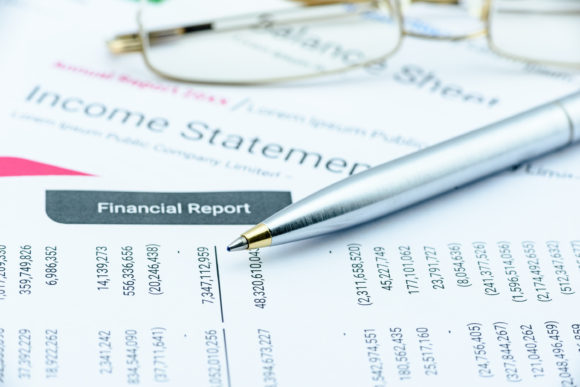Even though investment returns rebounded from first-quarter levels during the second quarter of 2020, claims from COVID-19 created an “anemic earnings” picture for global reinsurers, Moody’s Investor Services says.
In a new report on half-year earnings for the sector published today, Moody’s calculated a 10-point jump in the average combined ratio of 14 global reinsurers for the first half. The average combined ratio came in at 102.8 for the first six months of 2020, compared to 92.8 for the comparable period in 2019. Moody’s estimates a COVID-19 impact of 9.9 points in the half-year 2020 combined ratio.
Net income for the cohort totaled $1.7 billion for first-half 2020, compared to nearly $16 billion for the first half of 2019.
With pandemic-related non-life claims, particularly travel and event cancellation, rising over the six months—and with ongoing uncertainty around business interruption, an active hurricane season and ultra-low interest rates all dimming reinsurer earnings prospects for the year, “the positive pricing environment is a singular bright spot,” the report says.
“Global reinsurers reported a broad-based improvement in pricing, extending beyond previously loss-making lines of business,” Moody’s Vice President Christian Badorff said in a media statement. “Price increases in recent policy renewals are in the mid-to-high single digits on average, and significantly higher natural catastrophe-exposed business in the U.S. and Asia-Pacific.”
Lower investment yields will pressure margins, particularly on longer-tail casualty lines, Moody’s noted.
During the first half, on the underwriting front, Partner Re and Berkshire Hathaway Reinsurance Group saw the largest jumps in half-year combined ratios overall—with more than 17 points of deterioration from 2019 to 2020 for each. Contributing to the 17-point changes, COVID losses added almost 11 points each to the Partner Re and Berkshire results, according to Moody’s. Swiss Re’s combined ratio deteriorated 15 points and all of that links back to COVID-19 claims, according to the data presented in the Moody’s report. Ranking the reinsurers based on COVID’s combined ratio year-to-date impact, a chart in the report indicates that the roughly 15.6 point impact for Swiss Re is shown to be the largest among the 14 reinsurers included in the analysis.
While none of the reinsurers reported improved or steady combined ratios in the first half, Fairfax Financial Holdings came the closest, with the overall combined ratio rising just 1.7 point to 98.6, and a 5.8-point impact from COVID claims. (Editor’s Note: Although Odyssey Reinsurance Co. is the rated reinsurance company, the 98.6 combined ratio figure in the Moody’s report relates to all of Fairfax’s insurance and reinsurance companies. Odyssey by itself reported a 99.2 combined ratio for the first six months, up 3.7 points from 95.5 in last year’s first half.)
Only five of the 14 reinsurers reported combined ratios under 100 during the first half. And only RenaissanceRe was under 90—at 85.4.
In terms of overall net income (available to common shareholders), Berkshire, Fairfax and Swiss saw the biggest dips—all more than $2 billion, according to Moody’s figures.
Topics Profit Loss Reinsurance
Was this article valuable?
Here are more articles you may enjoy.



 BlackSuit Cybercrime Gang Blamed in CDK Hack That Roiled Car Dealers
BlackSuit Cybercrime Gang Blamed in CDK Hack That Roiled Car Dealers  Zurich to Buy AIG’s Travel Insurance Business for $600 Million
Zurich to Buy AIG’s Travel Insurance Business for $600 Million  As Rates Rise, Majority of Homeowners Say Insurance Industry Is in Crisis: Survey
As Rates Rise, Majority of Homeowners Say Insurance Industry Is in Crisis: Survey  Workers Sue Disney, Say They Were Wrongly Induced to Move to Florida
Workers Sue Disney, Say They Were Wrongly Induced to Move to Florida 


